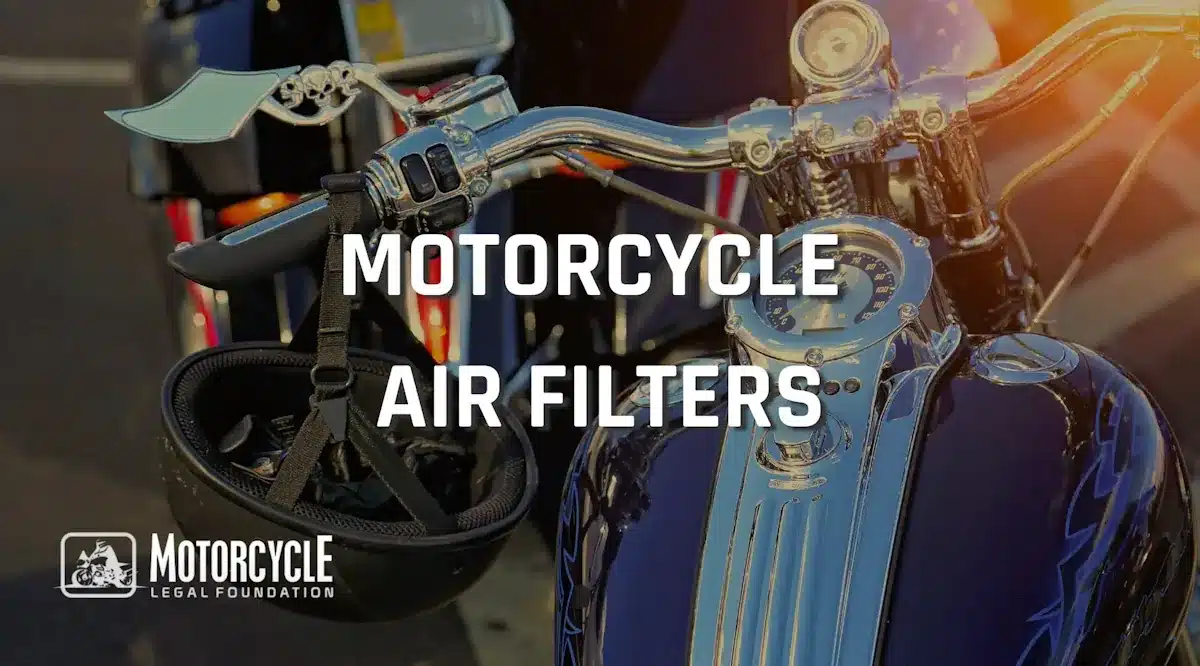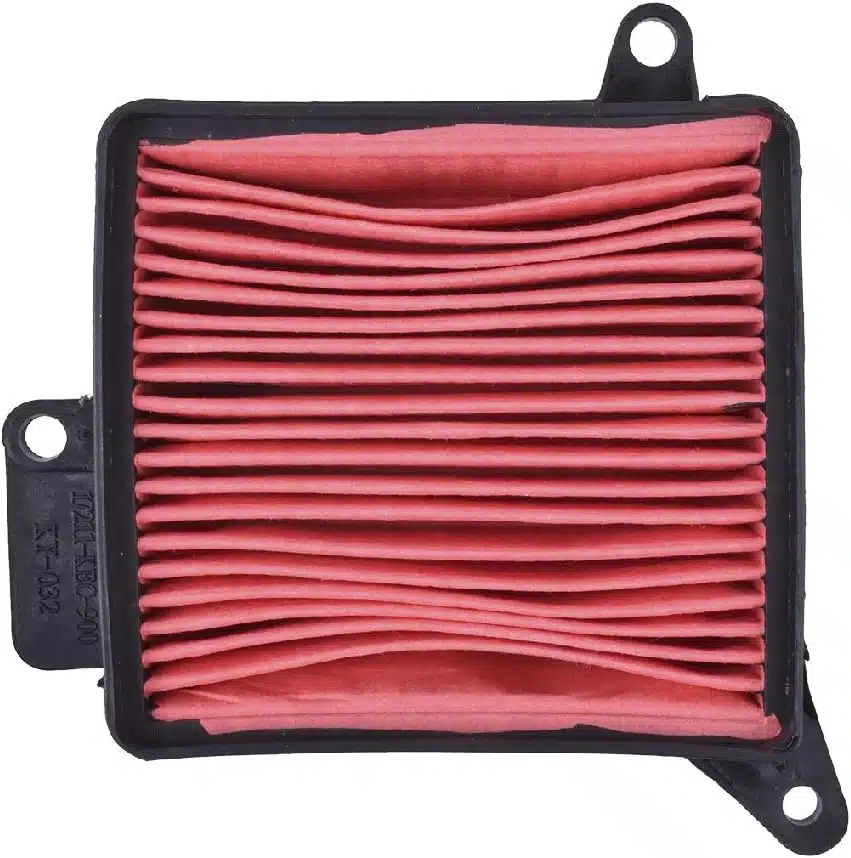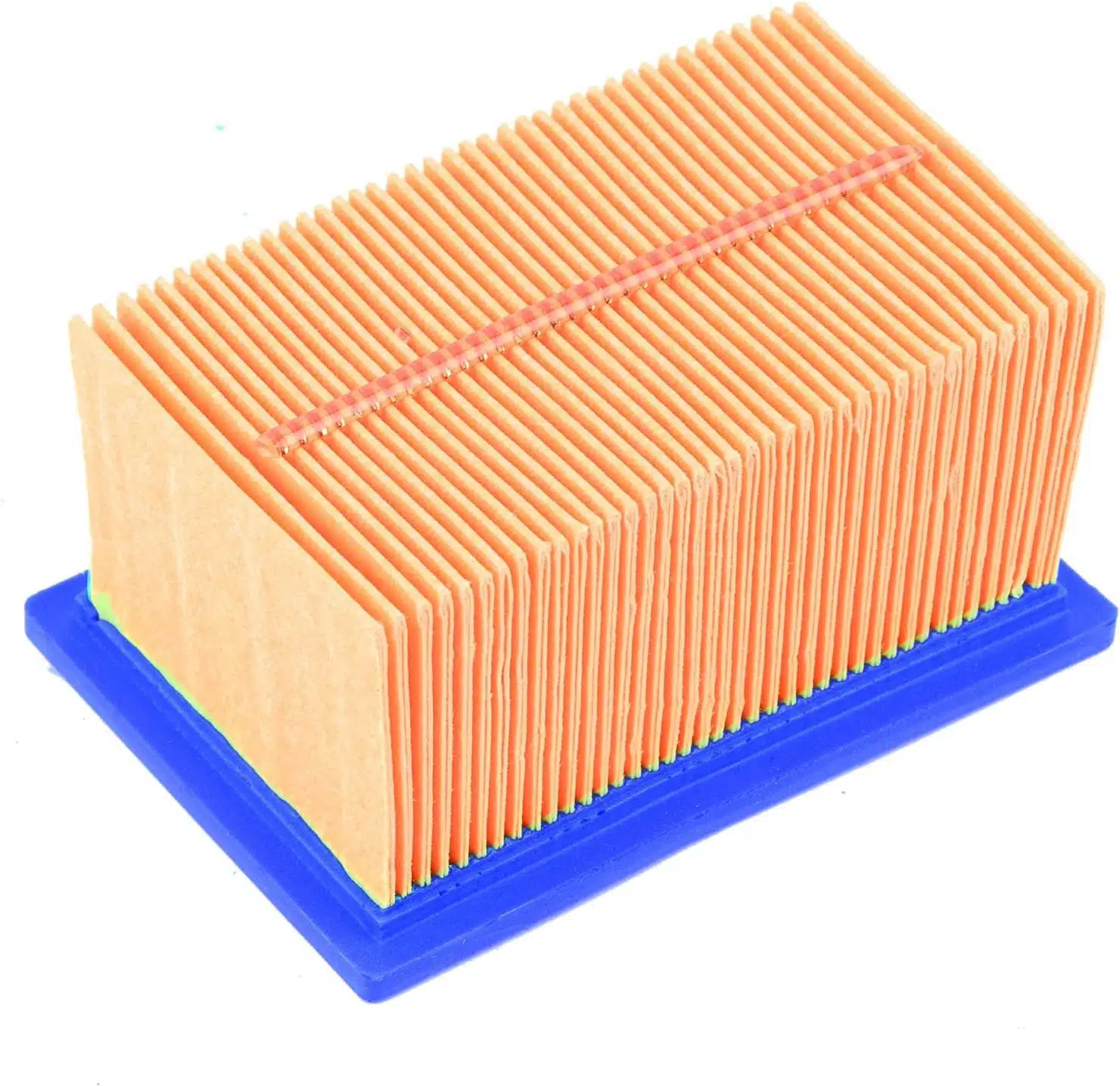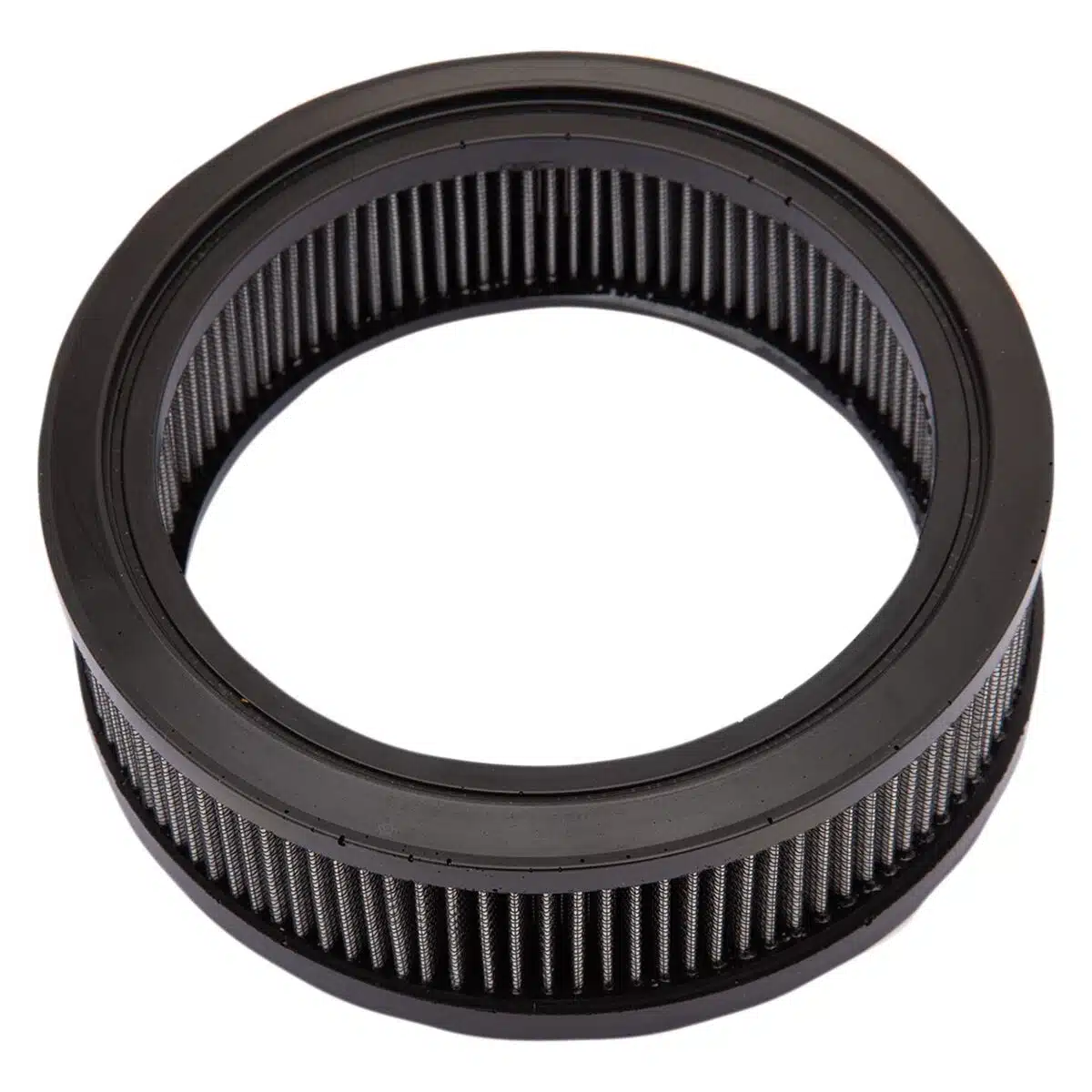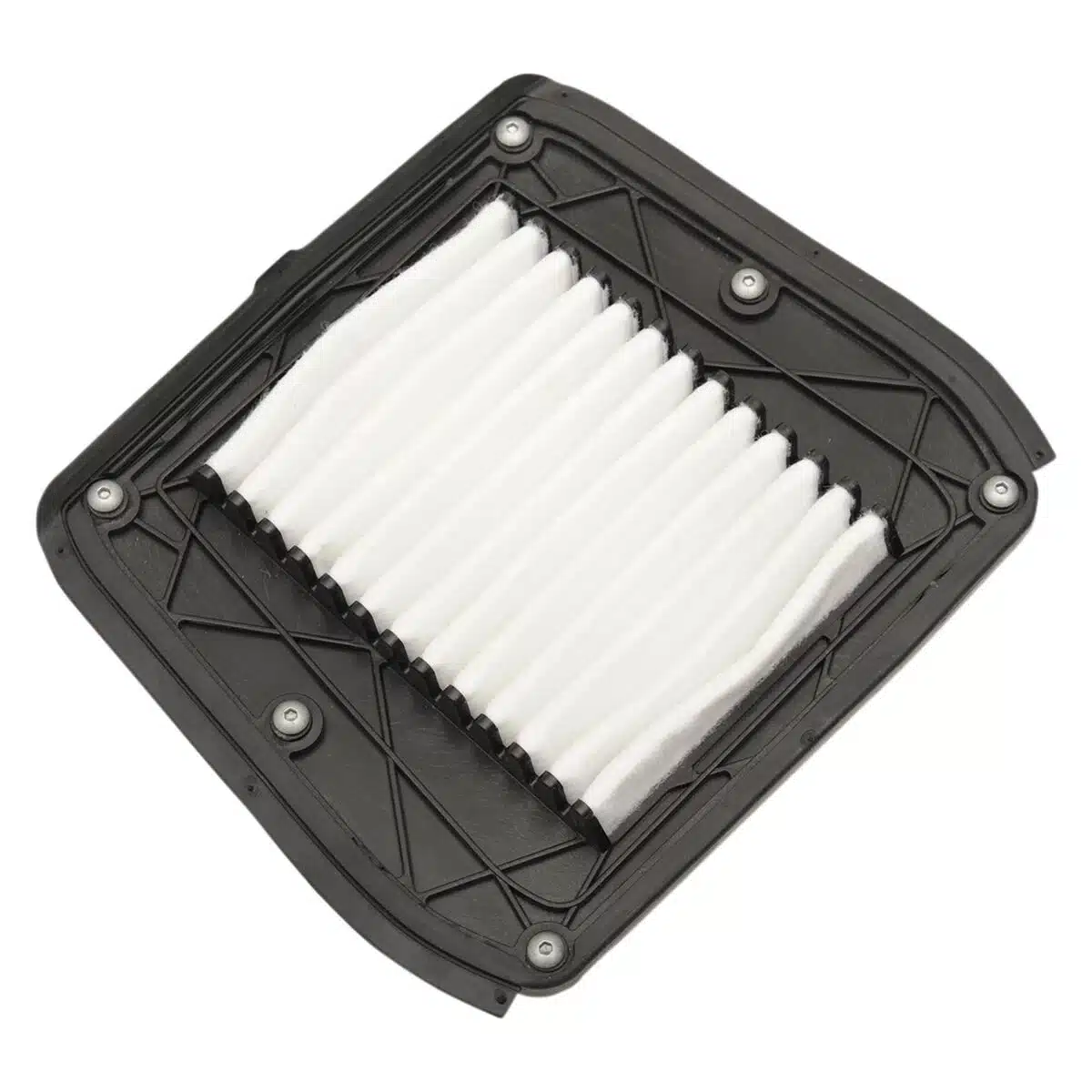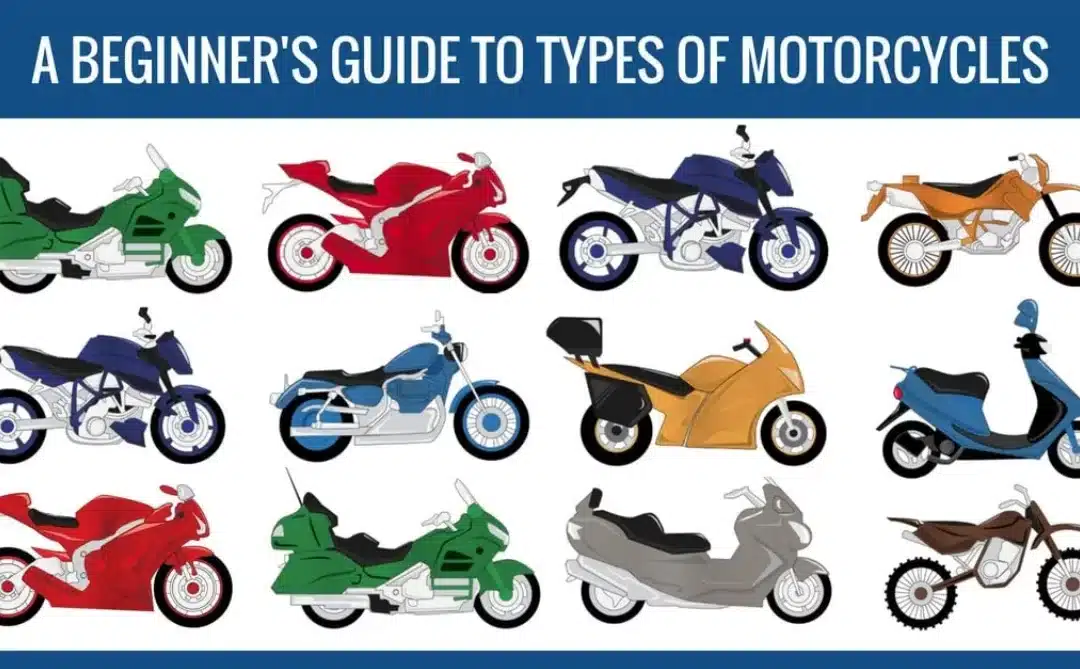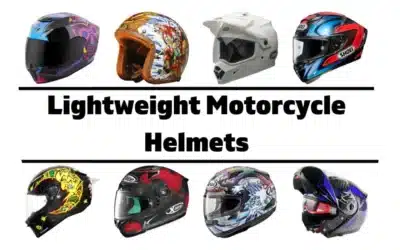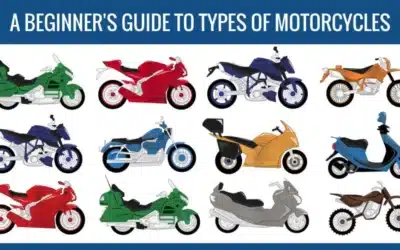This article is not just for those who love riding but don’t know how to locate and change a motorcycle air filter. Even if you can take an engine apart and put it back together without extra parts left on your garage floor, you’ll want to stick around because we’re going to tell you all there is to know about the lowly but oh-so-important motorcycle air filter.
Motorcycle engines rely on air, so when you put it into gear and twist the throttle, the engine responds with a burst of power. The problem is that the air your engine sucks in to accomplish the magic of internal combustion isn’t very clean. The dust and debris floating in the air damages engines, which means repairs and hefty bills even when you do the work yourself.
It’s the air filter that traps the dust and dirt in the air to keep them out of your engine. A happy engine leads to a happy rider, so this guide to motorcycle air filters is for everyone who owns or rides a motorcycle. No matter how skilled or unskilled you are at all things mechanical, there is something in this article for everyone. And the best part is that we end it with our picks of the best motorcycle air filters currently on the market, so let’s clear the air about air filters.
What is a motorcycle air filter?
The air needed for the combustion that lets a motorcycle engine run smoothly and efficiently, so your motorcycle runs smoothly and efficiently, is sucked into it through an intake valve. The problem is that air is not pure, so the dirt, dust, and other debris would get into the engine and damage it.
The air filter motorcycle engines use removes particles from the air before they get into the engine. If debris enters the engine, it interferes with the combustion process, resulting in poor engine performance, reduced gas mileage, exhaust smoke, and long-term damage that could lead to engine failure.
When unfiltered air enters the engine, the debris that comes with it gets into the engine oil and makes its way into the internal parts of the engine. The particles may be microscopic, but they scratch the pistons and cylinder walls, which could eventually lead to the engine seizing.
How a motorcycle air filter works is shockingly simple: A filtering medium traps particles of dust and dirt to prevent them from getting into the engine without restricting airflow. It’s not as easy as it sounds.
Manufacturers must balance the need to clean the air before it enters the engine and your motorcycle’s need for air. Restricting airflow too much will affect engine performance. Common filtration mediums include paper, cotton, and gauze to keep your motorcycle on the road and not in the repair shop.
Motorcycle Parts for All Makes and Models
Everything from basic to high-end. Motorcycle parts that will fit your bike and budget.
motorcycle air cleaner vs motorcycle air filter
The terms “air filter” and “air cleaner” are frequently used interchangeably, which is not wrong, but it’s also not completely accurate. Reference to an air filter for motorcycle is usually the material that filters the air that passes through it. A motorcycle air cleaner, on the other hand, refers to the entire assembly that includes the following:
- Baseplate
- Air filter cover or housing
- PCV value
- Hoses and clamps
- Air filter
An air filter for motorcycle is one component of a system designed to ensure that only clean air makes its way into the engine while harmful gases filter before entering the atmosphere. Using the terms interchangeably is not wrong, but an experienced motorcycle mechanic may correct you.
Types of motorcycle air filter
The following are the most commonly found types of motorcycle air filters:
Paper air filter
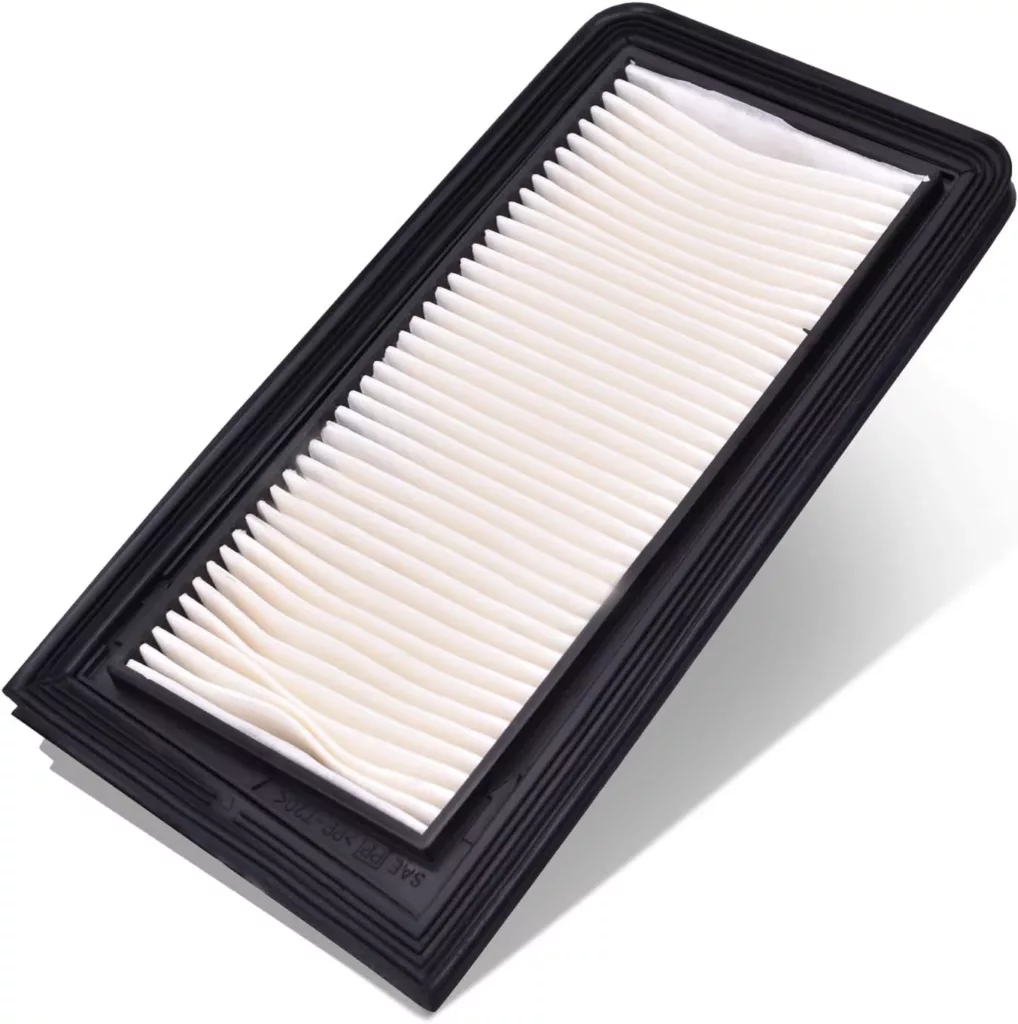
Porous paper, similar to what you might use in a coffee maker, is the filtration media of the most common air filters motorcycle enthusiasts find when replacing their stock filter. Pleating the paper increases the filtering surface. Paper filters are inexpensive. They cannot be cleaned and reused, so you must replace paper filters when they become clogged. That could be a drawback if you ride in dusty, dirty conditions that could require more frequent replacement, but they are usually priced lower than other types of filters.
Cotton gauze air filter
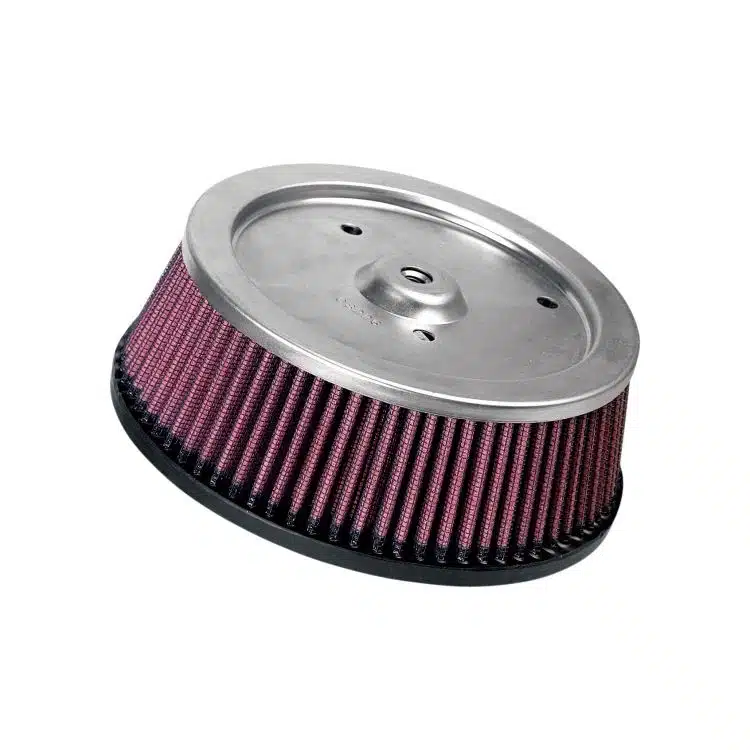
Cotton gauze is coated with oil to catch particles before air enters the engine. An advantage of the cotton gauze filter is that it can be cleaned, so they do not need replacement as frequently as paper filters, which makes them the leading after-market motorcycle air filter and could be perfect for getting your bike ready for a long road trip.
Foam air filter
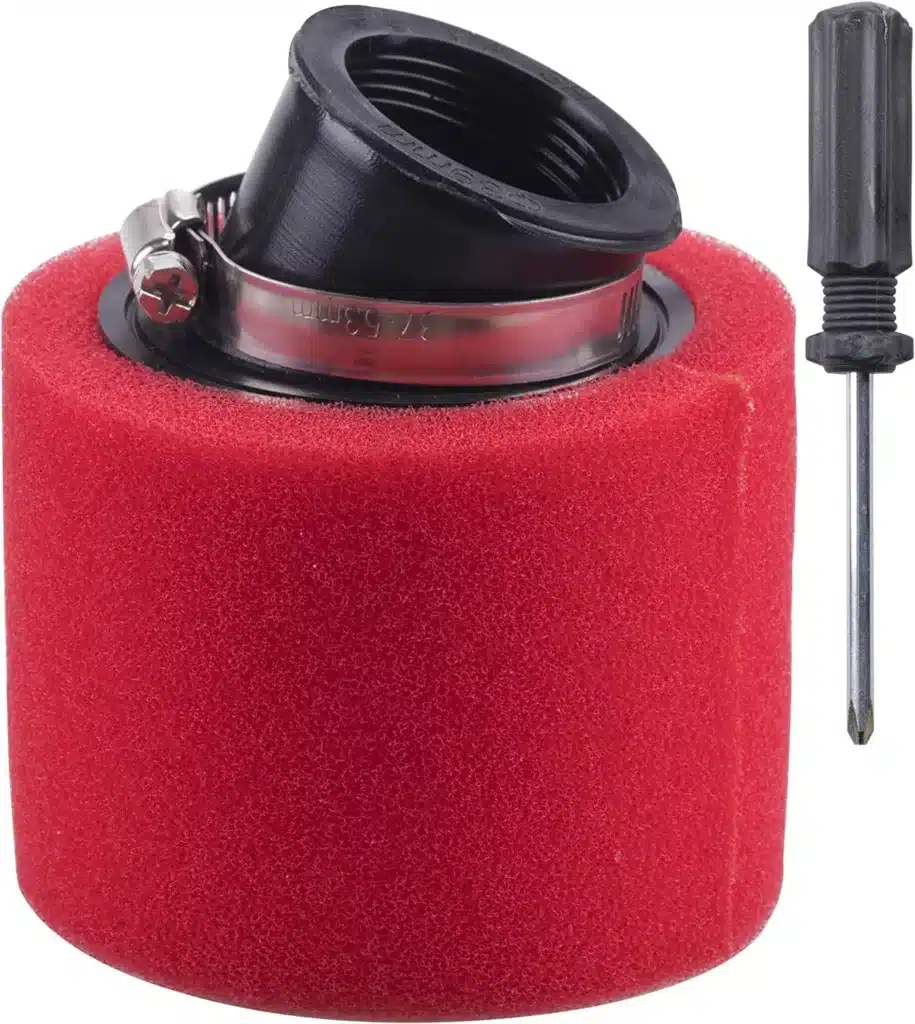
Foam filters do not restrict airflow as much as paper or cotton gauze filters. They can be cleaned and re-oiled, requiring less frequent replacement than paper filters. Oiled foam filters may offer better filtration capabilities in dusty conditions, making them a popular dirt bike air filter.
Stories have circulated for years that motorcycle air filter oil disrupts the airflow sensor on their bikes. K&N Engineering, which produces and sells oiled-gauze air filters, denies the claim that its K&N air filters disrupt airflow sensors.
A motorcycle cone air filter may fit your needs if you want a different look for your bike. Some riders believe replacing the air box gives a motorcycle a cleaner, more streamlined look. Motorcycle cone air filters fit directly onto the carburetor. Check with a motorcycle mechanic or dealership where you bought your bike to learn how a cone air filter will affect performance.
10% OFF YOUR FIRST ORDER AT REVZILLA.COM!
Big savings on top-rated motorcycle gear.
Factors to consider when choosing a motorcycle air filter
When shopping for a motorcycle air filter, remember its only function is filtering dirt and dust out of the air to prevent it from damaging the engine. When you hear someone mention how engine performance improved after changing their motorcycle air filter, it’s probably because the old filter restricted airflow to the engine.
Airflow is one of the factors to consider when shopping for a replacement air filter. Other factors affecting your decision include:
Proper fit and ease of installation
Getting an air filter made specifically for the year, make, and model motorcycle you ride ensures a proper fit that will not allow unfiltered air to enter the engine. It also makes installation easier by avoiding modifying the filter housing to accommodate the replacement.
Maintenance requirements
Paper air filters are on the low end of the maintenance scale. When a paper filter becomes dirty, throw it away and replace it with a new one. Cotton gauze and foam filters require cleaning and re-oiling when they become dirty, but you save money by cleaning rather than replacing them.
Riding conditions
Paper filters work best on motorcycles that rarely, if ever, leave the road. Oiled gauze filters provide superior filtration in dusty, off-road conditions. If you ride in wet conditions, oil and water saturation will not affect the performance of an oiled foam filter as much as other types of filters.
Cost
Oiled cotton gauze and oiled foam filters cost more than paper filters but last longer than paper if you periodically clean and re-oil them.
There is no right or wrong choice for air filters for a motorcycle as long as you compare the differences between each type of filter and get the one that suits your bike and the way you ride.
Tips for motorcycle air filter Maintenance
Air filters are easy to forget, but a dirty or clogged filter decreases airflow and affects engine performance. Get into a routine of periodically checking your motorcycle air filter and either cleaning or replacing it depending on the type of filter. At the very least, clean or replace it during motorcycle maintenance.
Here are a few tips for routine air filter maintenance:
- Follow the maintenance schedule recommended by your motorcycle manufacturer and more frequently if you ride in dusty and dirty conditions. If you changed from the paper air filter that came with your bike to an oiled foam or cotton gauze filter, follow the recommendation of the filter’s manufacturer for how to clean air filter motorcycle.
- Never clean air filters with gasoline or other combustible substances. Use only cleaners and oils made specifically for air filters.
- Wipe the inside of the airbox to remove dirt and debris before reinstalling the air filter.
- Do not over-oil gauze or foam filters. Evenly coat the filter with only enough oil to allow it to trap dust and dirt. Follow the cleaning and oiling recommendations of the filter’s manufacturer.
Adjust your maintenance schedule based on the conditions where you ride. You should increase the frequency if you ride in dusty conditions, encounter wet conditions, ride during snowy winter weather, or do a lot of off-rode riding.
Want to Feel Safe on the Road?
It's not just a motorcycle, it's your passion. Protect it with insurance
Best Motorcycle Air Filters: Our picks
Many motorcycle riders and owners swear by the quality and performance of K&N air filters, which come in paper, cotton gauze, and foam, depending on the type of motorcycle air filter you prefer. The following are our motorcycle air filter picks to make your shopping experience easier.

